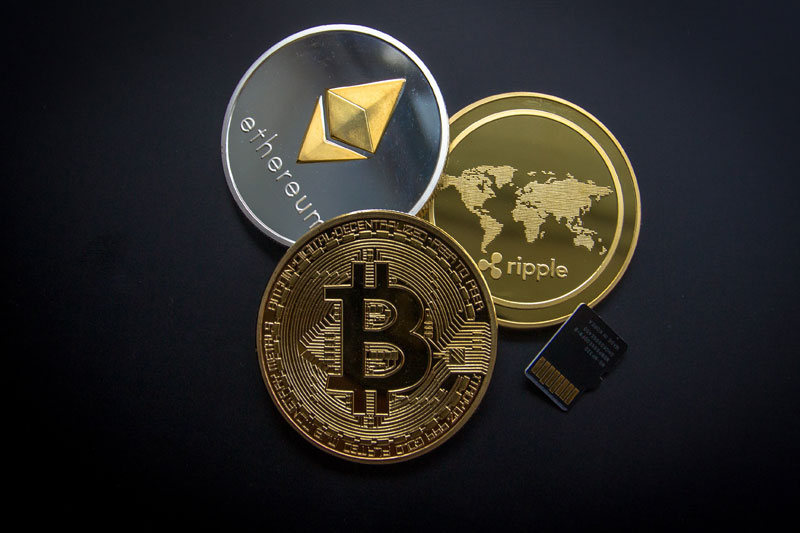A tale of two bull markets
The writer is chair of Rockefeller International
While most global investors are consumed by the ascent of stock prices in the world’s financial hegemon, the US, there is an even more intense bull market under way in India.
As the only two major stock markets that have recently rallied to all-time highs in dollar terms, the US and India are ahead of the pack in some obvious ways. Their markets are driven by relatively strong economies, and a large base of optimistic domestic investors. Beyond that general body type, however, these bulls look nothing alike.
The US is a historic anomaly. It’s all about one big sector — tech — and within that sector, the few giants that have gone by many different nicknames, most recently the Magnificent Seven. These companies are getting older and larger and sucking the life out of other stocks.
In the last year, the Magnificent Seven are up 80 per cent, and account for more than half of all US stock market gains. Meanwhile, the median stock, out of the 4,700 traded in the US, is down. It’s a tale of unusually concentrated returns, further inflamed by the mania for artificial intelligence, which is seen as a boon mainly for the biggest companies.
To get a sense of just how unusual this is, note that in the past, during US bull markets in which large caps outperformed, small caps did not suffer. In the early 1970s, and again in the late 1990s, small caps delivered double-digit annual returns, lifted higher by powerful bull markets.
Now, the small are down and out. Typically, retail investors take a lot more risk than institutional investors and tend to hold very different portfolios. Just three years ago, at the height of the pandemic, the retail crowd was in open revolt, trying to prove the hedge fund kingpins wrong by betting against their positions. Today. the Magnificent Seven dominate the top 10 holdings for both hedge funds and day traders on Robinhood.
India’s bull market is, by contrast, a broad-based classic. Gains are much more evenly distributed across sectors, and no sector accounted for even a quarter of total returns over the past year. While large cap stocks are gaining in the country, medium and small caps have gained even more; instead of losing ground since early 2023, the median stock is up more than 40 per cent.
There is a perception that India is benefiting as money flees China. Indeed, foreign money is flowing in, but not as fast as domestic money. As a result, foreign portfolio investors now own less than 40 per cent of the stocks that are available for public trading, down from 60 per cent a decade ago.
Instead of AI-generated optimism, India is getting a boost from the spread of an equity culture, with rising incomes enabling more people to purchase stocks. The amount of money Indians hold in targeted investment plans has tripled this decade to nearly $110bn.
Over the past two decades, the number of publicly listed companies in India multiplied by a factor of nearly five to 2,800, even as it was falling by a quarter to 4,700 in the US, where oligopolies began to exert a stronger grip on most industries, not just tech.
Remarkably, 180 companies in India have tripled in value this decade and now have a market capitalisation of $1bn or more. That is more than in any other country, including the US.
Most bull markets see excesses build up over time; in India, they are visible in subsets of the growing retail investor class. In 2023, Indians purchased more than 85bn options, or nearly eight times the volume in the US, and on average held those contracts for less than half an hour. Amid the frenzy, regulators ordered trading platforms to open with a warning that 90 per cent of retail investors are losing money on these trades.
With a total value of $4.6tn, India’s stock market is, like all others, dwarfed by that of the US at $62tn. Yet it is just as diverse, more competitive and has greater growth potential. Of course, investing in the Indian market comes with its own risks. It’s now even more expensive than its American counterpart but it’s also less volatile, suggesting a very strong conviction on the part of investors that the good times will continue to roll.
For a country that has long disappointed both the optimists and the pessimists, the bar of expectations is now very high. Still, at a time when the investing world seems to have eyes only for the AI-concentrated boom in the US, it is striking to see another major market marching to its own bullish, but classic, tune.
Source link

